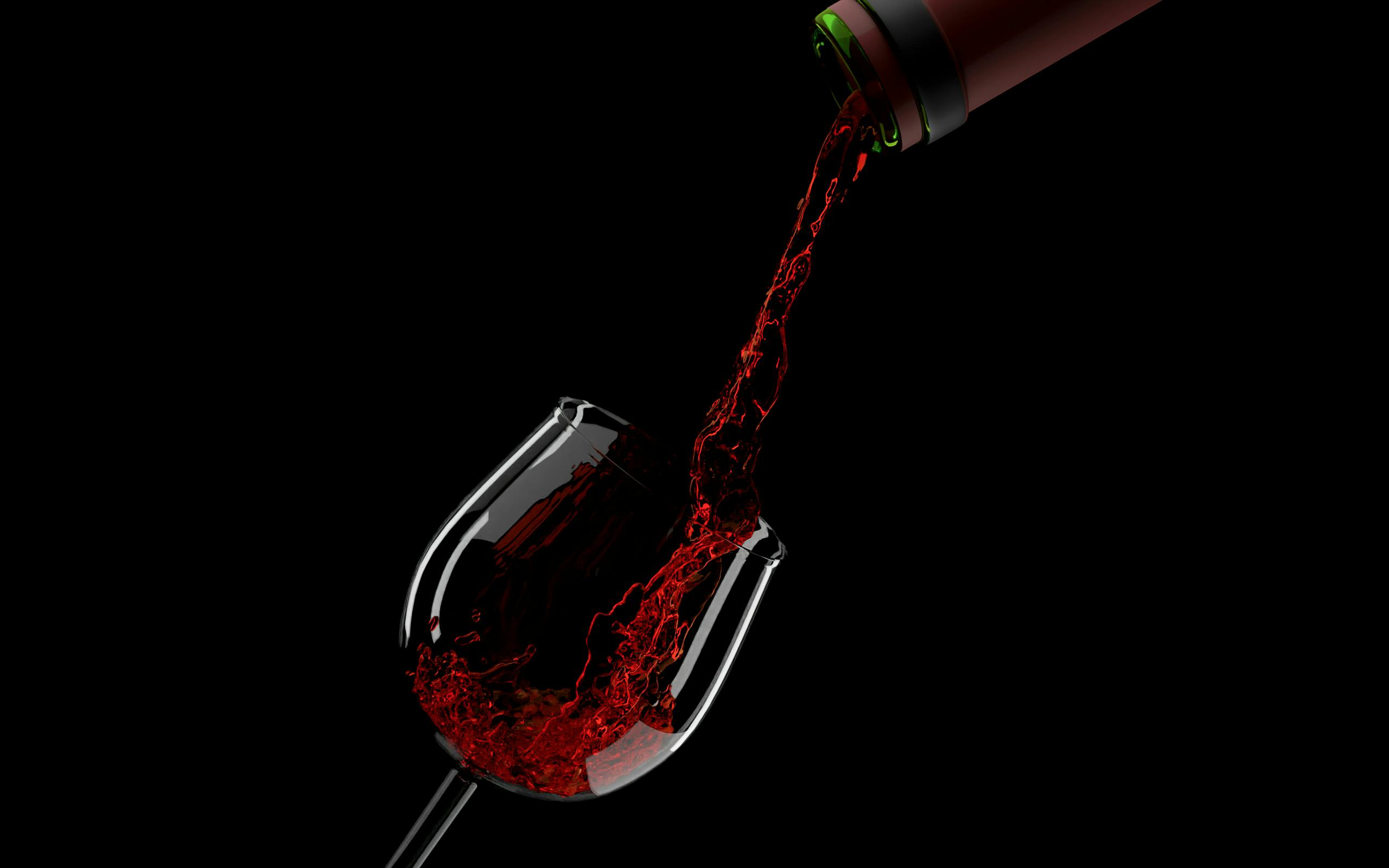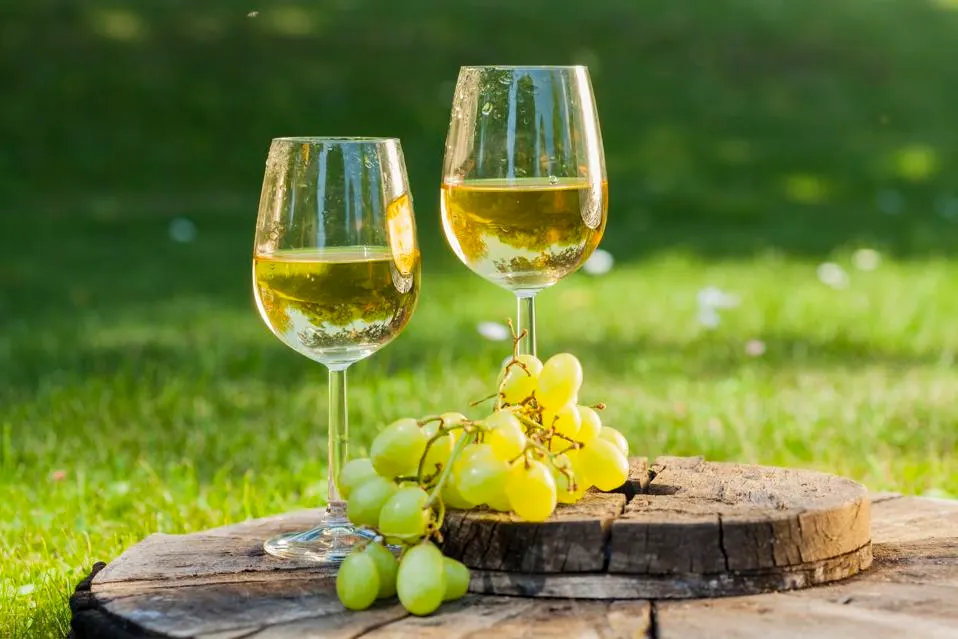Sparkling wine is a fascinating category of wine characterized by its effervescence, which is the result of carbon dioxide trapped within the liquid. This effervescence can be achieved through natural fermentation processes or by injecting carbon dioxide into the wine. Sparkling wine is often associated with celebrations and luxury, but its production and varieties are deeply rooted in tradition and regional practices around the world.
How sparkling wine is made?
The production of sparkling wine begins with the creation of a base wine, which is typically made from grapes harvested early to maintain high acidity. The grapes are often pressed gently to avoid extracting tannins, especially when red grape varieties like Pinot Noir are used to produce white sparkling wines. Once the base wine is made, it undergoes a secondary fermentation process, which is what sets sparkling wine apart from still wines.
There are several methods used to induce this secondary fermentation. The most prestigious is the traditional method, also known as méthode champenoise, where the fermentation occurs in individual bottles. Yeast and sugar are added to the base wine, and the bottles are sealed to trap carbon dioxide. Over time, the yeast cells die and form sediment, which imparts complex flavors to the wine during aging. The bottles are then riddled, or gradually rotated and tilted, to collect the sediment at the neck of the bottle. This sediment is eventually removed through a process called disgorging, after which a dosage of sugar may be added to adjust sweetness levels.

Other methods include the Charmat method, where secondary fermentation takes place in large pressurized tanks rather than individual bottles. This method is commonly used for Prosecco and other sparkling wines that emphasize fresh, fruity flavors. The ancestral method, one of the oldest techniques, involves bottling the wine before fermentation is complete, allowing it to finish fermenting in the bottle. Each method contributes unique characteristics to the final product.
“Sparkling wine is the effervescent whisper of celebration, a bubbly reminder that life’s finest moments deserve to be toasted with joy.”
Another popular method for producing sparkling wine is the Charmat method (or tank method), where secondary fermentation occurs in large pressurized tanks rather than individual bottles. This method is commonly used for Prosecco and other sparkling wines that emphasize fresh and fruity flavors rather than complex aging characteristics. The Charmat method allows for quicker production and is often more cost-effective than traditional methods.
The ancestral method (or méthode ancestrale) is one of the oldest techniques for producing sparkling wine. In this process, winemakers bottle their wine before fermentation is complete, allowing it to finish fermenting in the bottle. This method results in a rustic style of sparkling wine with unique characteristics.
Types of sparkling wine

“Sparkling wine dances in the glass, a symphony of bubbles that sing of joy and togetherness. Each sip is a celebration, a reminder that life’s best moments deserve to be cherished. Let the sparkle elevate your spirits and toast to the beauty of now!”
Sparkling wines come in various styles and sweetness levels, catering to diverse palates and preferences. The most recognized type is Champagne, which must be produced in the Champagne region of France using specific grape varieties such as Chardonnay, Pinot Noir, and Pinot Meunier. Champagne is celebrated for its fine bubbles and complex flavors derived from extended aging on lees. The classification of Champagne can also vary based on sweetness levels—from brut nature (no added sugar) to doux (sweet).
Prosecco, hailing from Italy’s Veneto region, offers another popular sparkling wine option made primarily from Glera grapes. Prosecco tends to be lighter and fruitier than Champagne and is typically produced using the Charmat method. It has gained immense popularity worldwide due to its approachable flavor profile and affordability.
Cava from Spain represents another significant category of sparkling wine. Produced primarily in Catalonia using traditional methods with native grape varieties like Macabeo, Xarel-lo, and Parellada, Cava offers a delightful balance between quality and price. It can range from dry to sweet styles.
Sekt from Germany offers a unique take on sparkling wine; while much of it is mass-produced using tank methods, high-quality Sekt made from Riesling can be exceptional and reflect Germany’s terroir beautifully.
Australia has carved out its niche with both traditional method sparkling wines—often referred to as “sparkling” or “methode traditionnelle”—and unique styles like sparkling Shiraz that combine rich red fruit flavors with effervescence.
South Africa’s Cap Classique wines have gained recognition for their quality in recent years. Made using traditional methods with local grape varieties like Chardonnay and Pinot Noir, these wines showcase South Africa’s potential for producing world-class sparkling wines.
Sparkling wine regions around the world
Sparkling wine production spans across various countries worldwide, each contributing its own distinct style influenced by local grape varieties, climate conditions, and winemaking traditions:
France: Beyond Champagne lies a treasure trove of sparkling wines produced throughout France. Crémant wines are crafted in regions such as Alsace, Burgundy, Loire Valley, and Jura using traditional methods but often at lower price points than Champagne. Blanquette de Limoux from southern France claims historical significance as one of the oldest sparkling wines in existence.
Italy: Italy boasts an impressive array of sparkling wines beyond Prosecco. Franciacorta is made using traditional methods similar to Champagne but emphasizes local terroir with its blend of Chardonnay and Pinot Noir grapes. Asti Spumante from Piedmont offers a sweet sparkling option made primarily from Moscato grapes while Lambrusco provides a refreshing red sparkling experience that pairs beautifully with Italian cuisine.
Spain: Cava remains Spain’s flagship sparkling wine produced mainly in Catalonia using indigenous grape varieties such as Macabeo, Parellada, and Xarel-lo. Cava can range from dry brut styles to sweeter variations known as semi-seco or dulce.
Germany: Sekt represents Germany’s contribution to global sparkling wine culture; while mass-produced Sekt often lacks character, high-quality versions made from Riesling or Pinot Noir can be exceptional reflections of their terroir.
United States: California leads U.S.-based production of high-quality sparkling wines with many wineries adopting traditional methods reminiscent of Champagne production techniques while also experimenting with innovative blends that showcase local grape varieties like Chardonnay or Pinot Noir.
Australia: Known for its innovative approach to winemaking practices—including both traditional method productions alongside unique styles like sparkling Shiraz—Australia has established itself as an exciting player within this category.
South Africa: Cap Classique represents South Africa’s answer to Champagne; made using traditional methods with local varietals like Chardonnay or Pinot Noir showcasing both quality craftsmanship alongside regional expression.
United Kingdom: English sparkling wines have gained international acclaim over recent years due largely due favorable climatic conditions similar to those found within Champagne itself—resulting in high-quality products that rival their French counterparts.
Other Regions: Countries such as Portugal (Espumante), Hungary (Törley), Switzerland (Schaumwein), and even emerging markets like India are contributing increasingly diverse offerings within this dynamic category—showcasing an ever-expanding global landscape for lovers of bubbly beverages.





1 Comment
Inventore porro et est dicta tempora. Facilis velit reprehenderit rerum ea cum. Et iusto nobis quam rerum. Suscipit perferendis vel dolore iste. Ducimus aliquam consequatur magnam animi. in corporis repudiandae in aut magnam. at dolorem nobis sunt quis laborum qui. Omnis hic voluptas distinctio quia Ut quo in